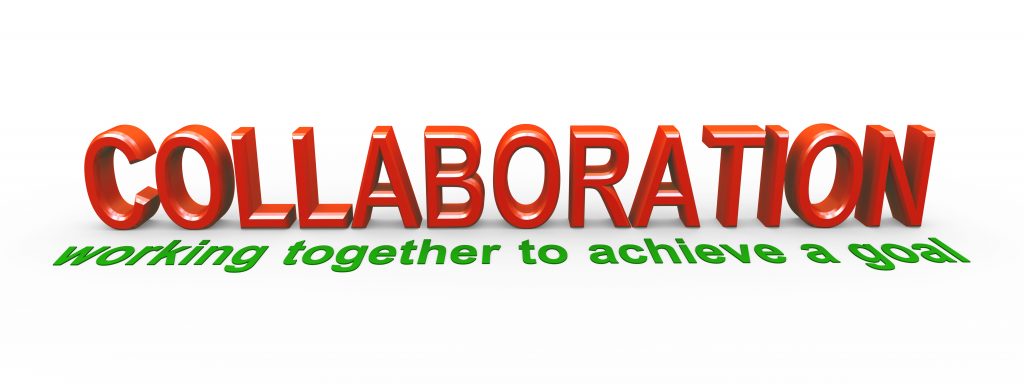 Job Methods Training
Job Methods Training
An important idea of Training Within Industry is called Job Methods (JM). The goal is to produce quality products in less time by making the best use of the people, machines, and materials currently available. Participants are taught how to break down jobs into detailed steps. Every detail is questioned in a systematic manner to generate ideas for improvement. Improvements lead to new methods, which are developed by eliminating, combining, rearranging, and simplifying steps in the process.
Every aspect of the workflow should be subject to constant analysis and evolution. Just because things have been done in a certain way for a long time doesn’t automatically mean that this way is ideal, and this is exactly what JM aims to address.
This type of training focuses on teaching everyone in the company from the high-level executives to the lower workers to constantly look for potential areas of improvement in their work, and to communicate those findings with everyone else.
Breaking down the job into pieces
As with any other technique applied in TWI, JM relies on breaking down a job into its discrete components and analyzing all of them separately. The goal here is to figure out if there is any element of the pipeline that can be obviously reworked or dealt away with completely.
It’s also important to look at the way pieces connect and interact with each other, and not just at each one individually. The bigger picture is just as critical, and proper JM should focus on teaching participants to analyze problems from both perspectives.
Sometimes a step is best simplified by breaking it down into further steps. Even if this requires a significant reworking of the company’s methodologies and/or instructions, it’s often still a good move when it comes to simplifying the workflow.
Look out for waste!
Waste is everywhere around us in the world of industry, and lean methodologies teach us that it should be eliminated as soon as it pops up. Waste can manifest itself in different ways when it comes to the specific tasks within a company’s workflow, but the important thing is that everyone involved in the JM process can spot areas that can be safely removed.
Often this will entail some serious discussion within the organization. This is where other parts of TWI can come into play, such as Job Relations (JR) Training. The whole system is tightly interconnected and it’s important to utilize all of its elements together for this reason.
Welcome criticism
Another important aspect of JM is that the company should be open to criticism with regards to the results produced in the training. Often, it will turn out that the employees receiving the training will have various comments about the current structure of the workflow.
Implementing JM properly means that this criticism should be taken into account, and that employees should be given a stable platform to voice their concerns in this regard.
A company’s workflow will never be perfect, and there’s nothing wrong with that. Having an open-minded approach to developing that workflow is what truly matters, and any business is going to take serious measures against anything that proves to be an important issue discovered through JM.
An ongoing process
It’s also important to realize that JM is something that should be done on an ongoing basis, not as a one-time experience. The best way to improve a company’s workflow is to analyze and change it continuously.
Of course, if those changes start coming in too fast, they may also interfere with the regular work of the organization’s employees. Determining the ideal frequency of JM sessions is another element of the training itself, as it boils down to analyzing the company’s own methodologies.
It’s also a good idea to limit the extent of control that different parts of the organization have over the JM process, at least in the beginning. That’s because some departments will be affected by the resulting changes more severely than others, and it’s important to avoid a conflict of interests in this case.
Discussing things between everyone in the company can lead to great results in this regard, and as long as everyone is on the same page before the training even starts, there should be no major conflicts along the way.
Conclusion
Applying JM regularly can help ensure that a company’s workflow remains lean and in accordance with the current market trends. Being open to criticism and listening to what employees have to say about the process is one of the best ways to ensure fast and uninterrupted progress.








No responses / comments so far.